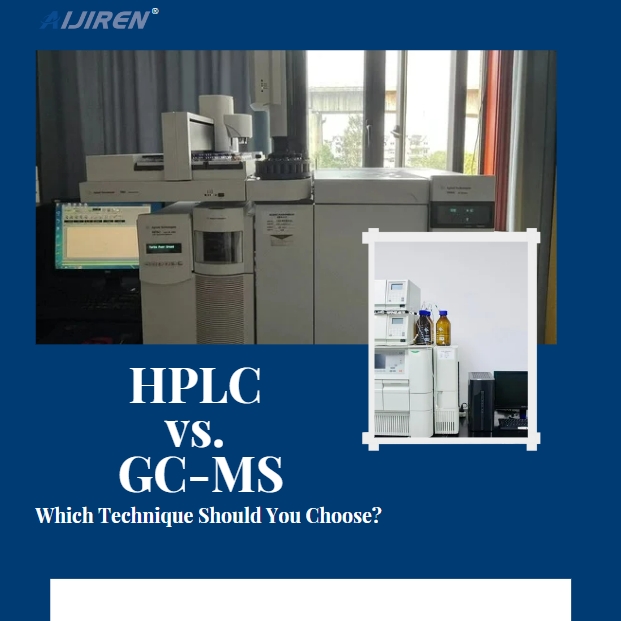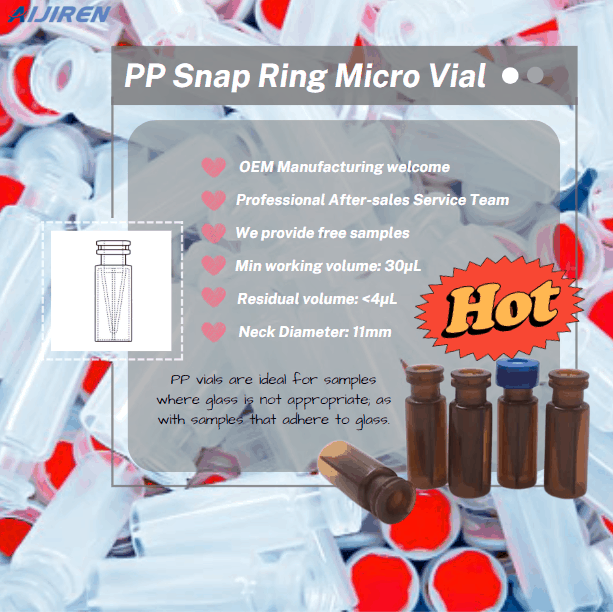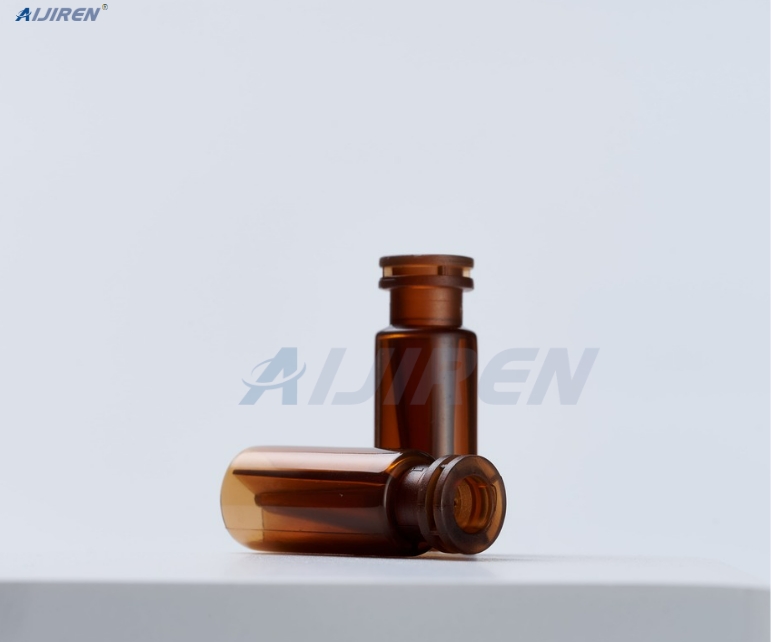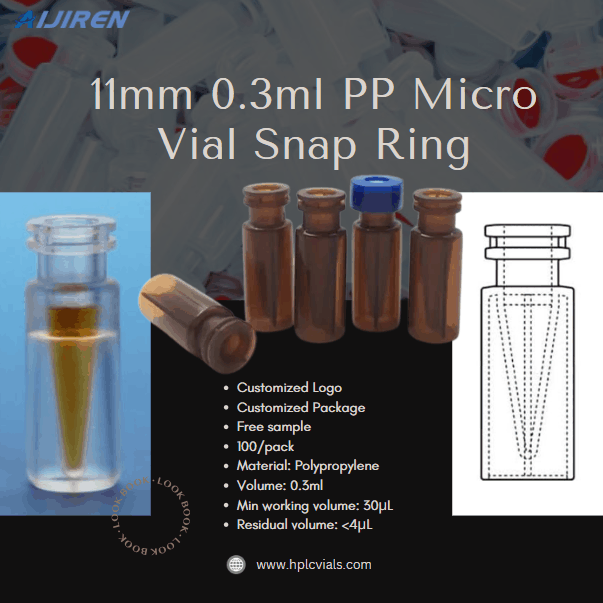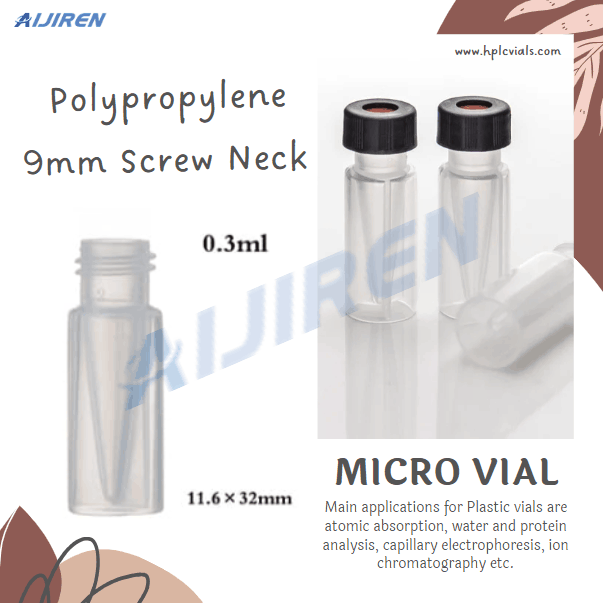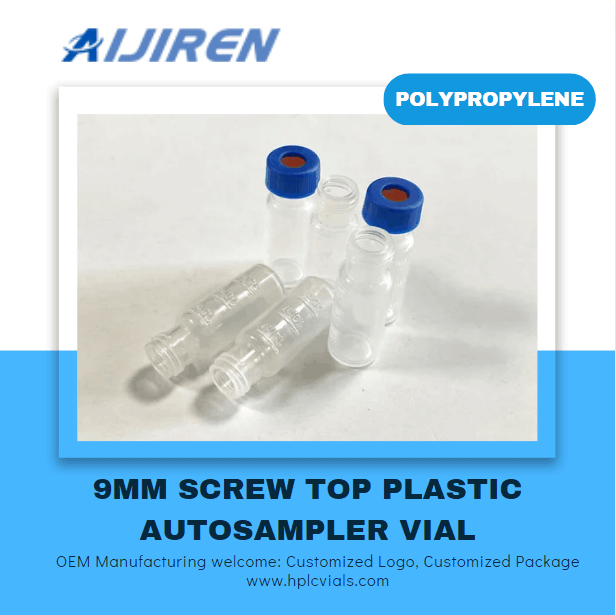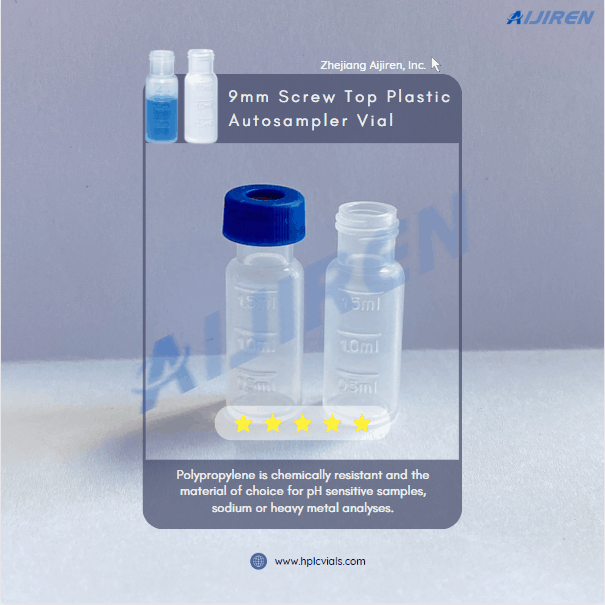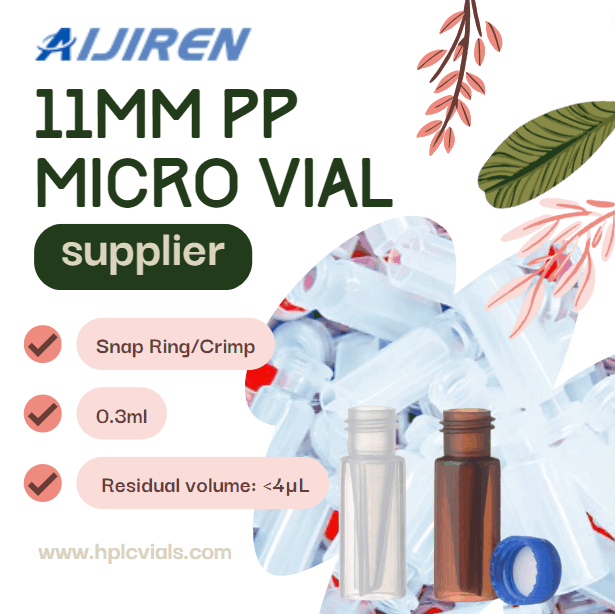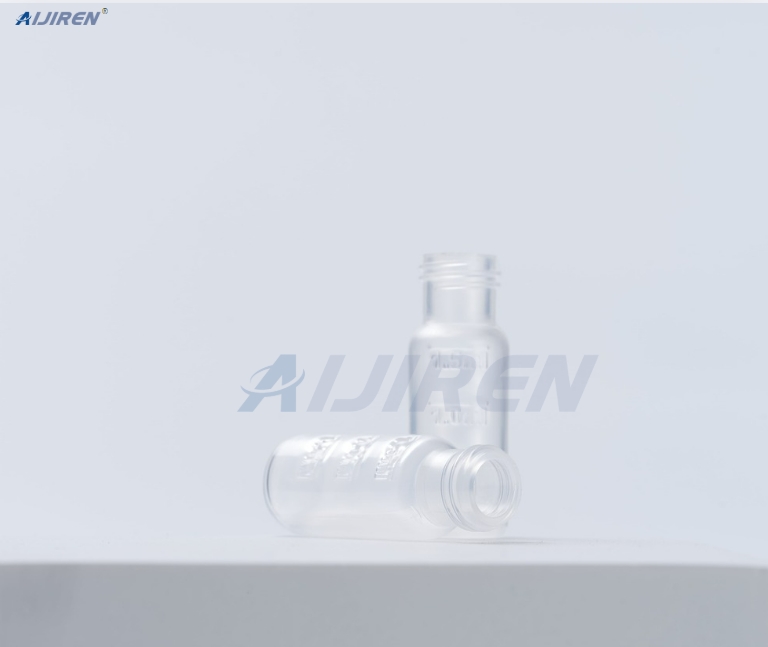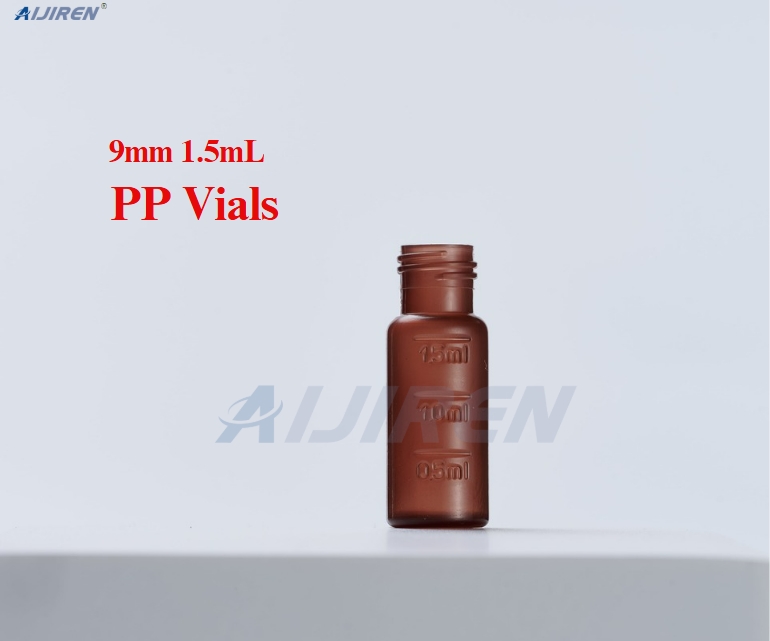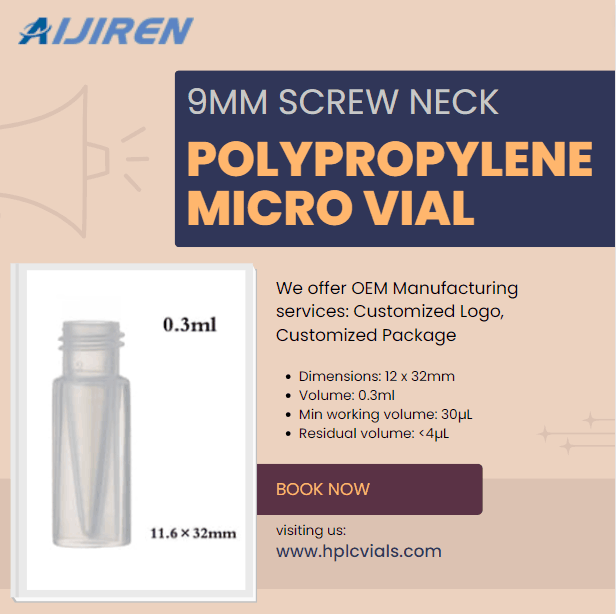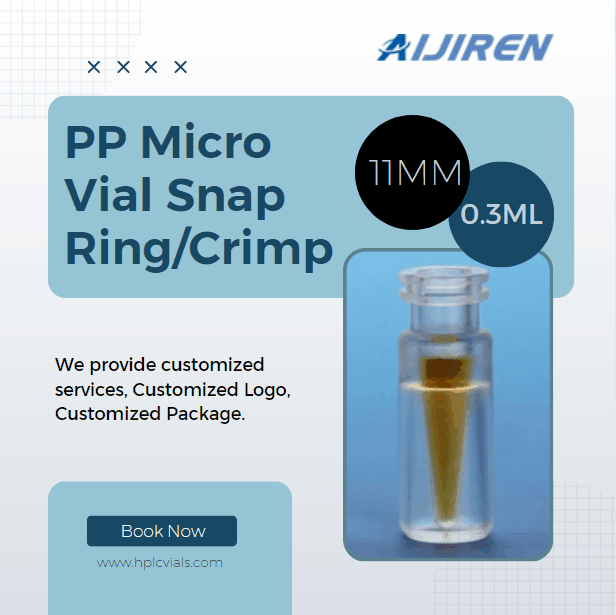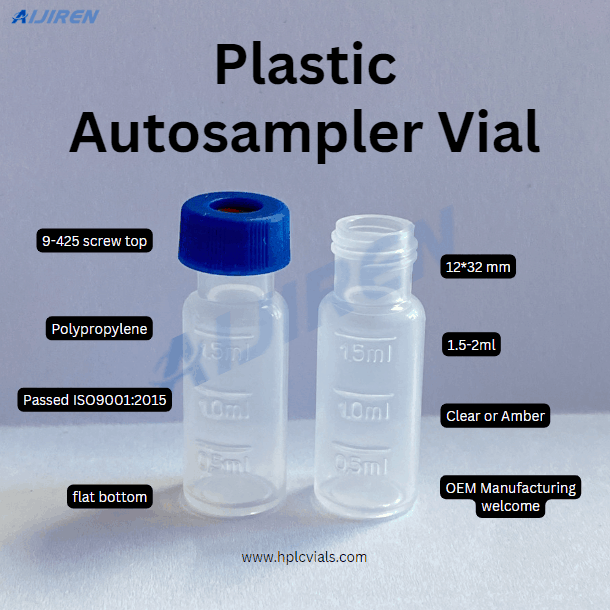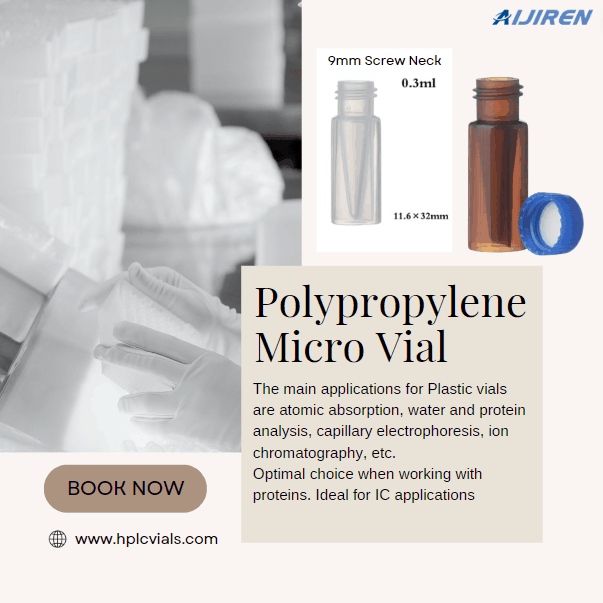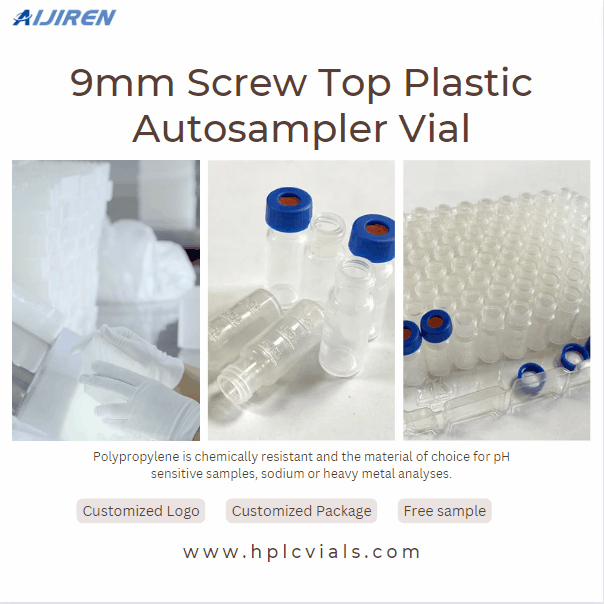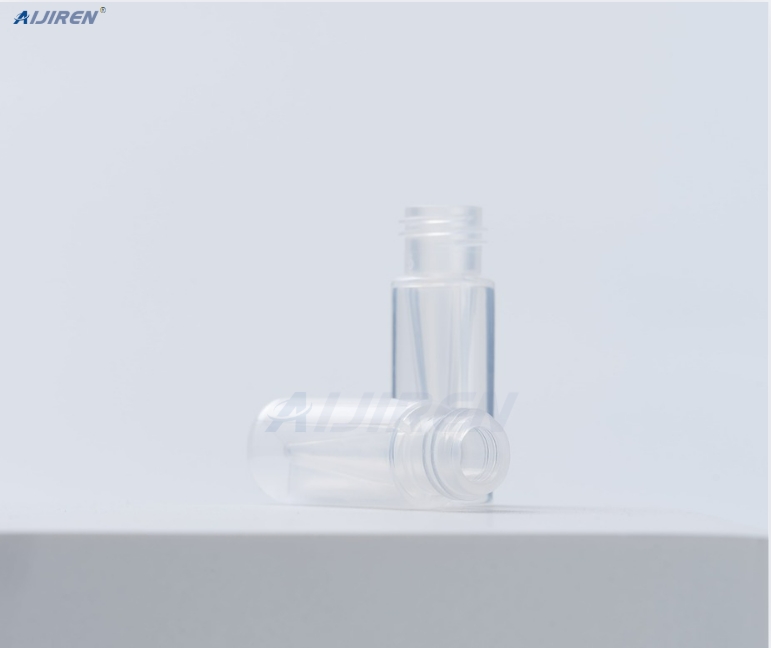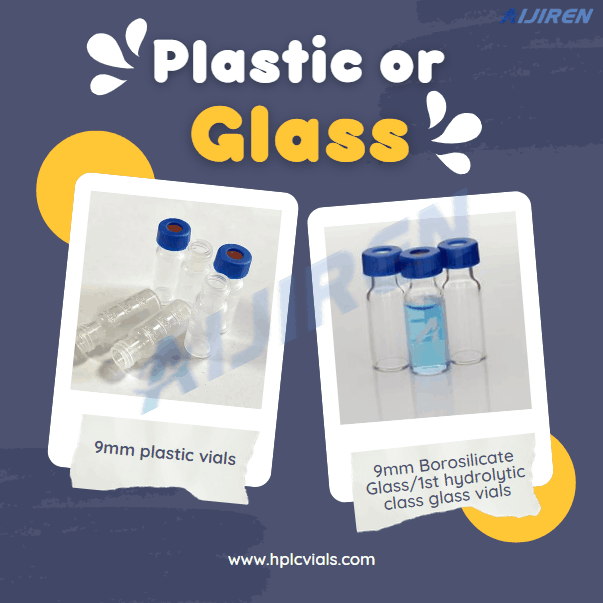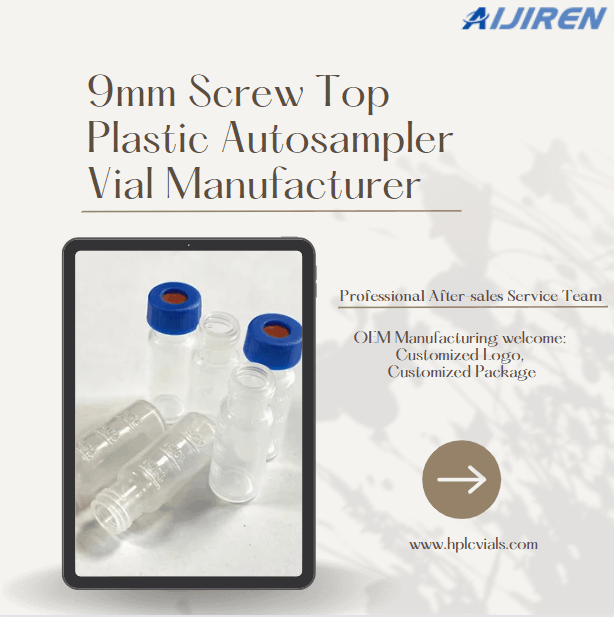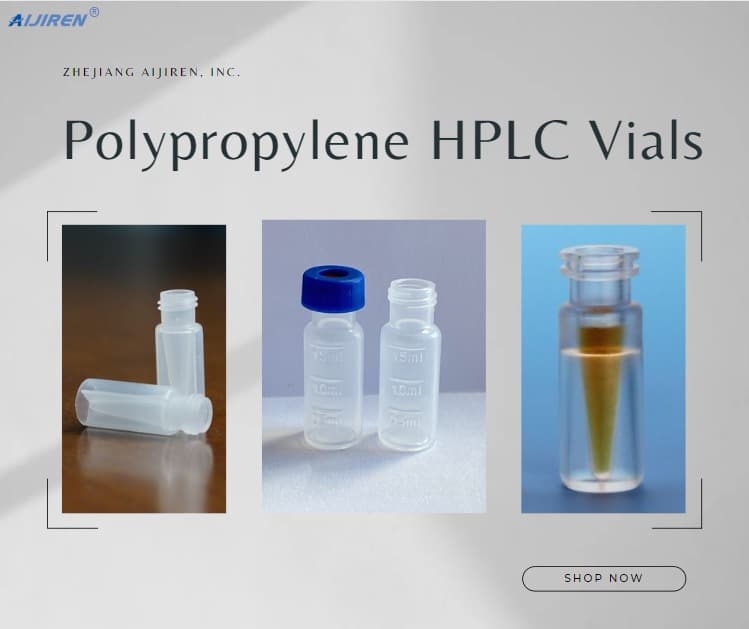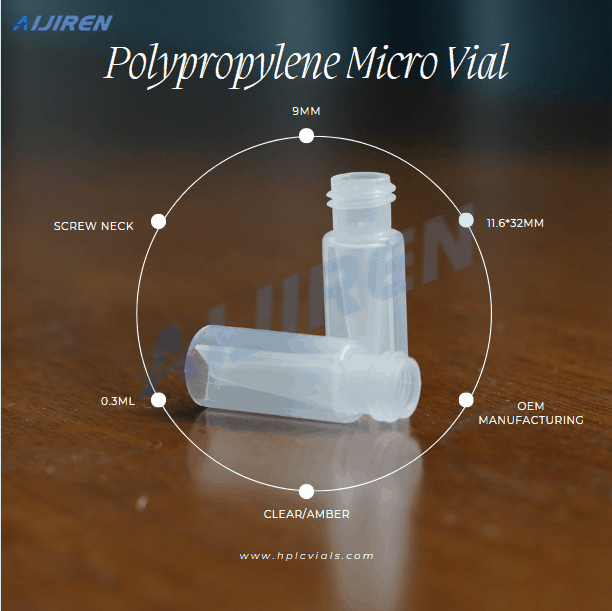HPLC vs. GC-MS: Which Technique Should You Choose?
When deciding between High-Performance Liquid Chromatography (HPLC) and Gas Chromatography-Mass Spectrometry (GC-MS), it’s essential to understand the strengths and applications of each method. Here’s a comparative overview to help you make an informed choice.
Key Differences
Mobile Phase:
HPLC uses a liquid mobile phase, making it suitable for a wide range of compounds, including polar and non-volatile substances.
GC-MS employs a gaseous mobile phase, ideal for volatile compounds that can vaporize without decomposition.
Sample Types:
HPLC is versatile, capable of analyzing pharmaceuticals, food components, and biomolecules.
GC-MS excels in analyzing volatile organic compounds (VOCs), hydrocarbons, and environmental samples.
Temperature Conditions:
HPLC operates at ambient or slightly elevated temperatures, preserving thermally sensitive compounds.
GC-MS requires higher temperatures (often around 150°C) to ensure sample vaporization.
Detection Methods:
HPLC typically utilizes non-destructive detection methods like UV/Vis spectroscopy.
GC-MS combines gas chromatography with mass spectrometry for detailed compound identification and quantification.
Cost Efficiency:
Generally, GC-MS is more cost-effective due to lower operational costs associated with gas compared to expensive solvents required for HPLC.
Applications
Use HPLC for:
Analyzing complex mixtures in pharmaceuticals and food sciences.
Investigating biomolecules and thermally labile substances.
Opt for GC-MS when:
Working with volatile compounds in environmental analysis or petrochemical industries.
Detailed mass analysis is necessary for compound identification.

